
The Business of Fashion
Agenda-setting intelligence, analysis and advice for the global fashion community.

Agenda-setting intelligence, analysis and advice for the global fashion community.
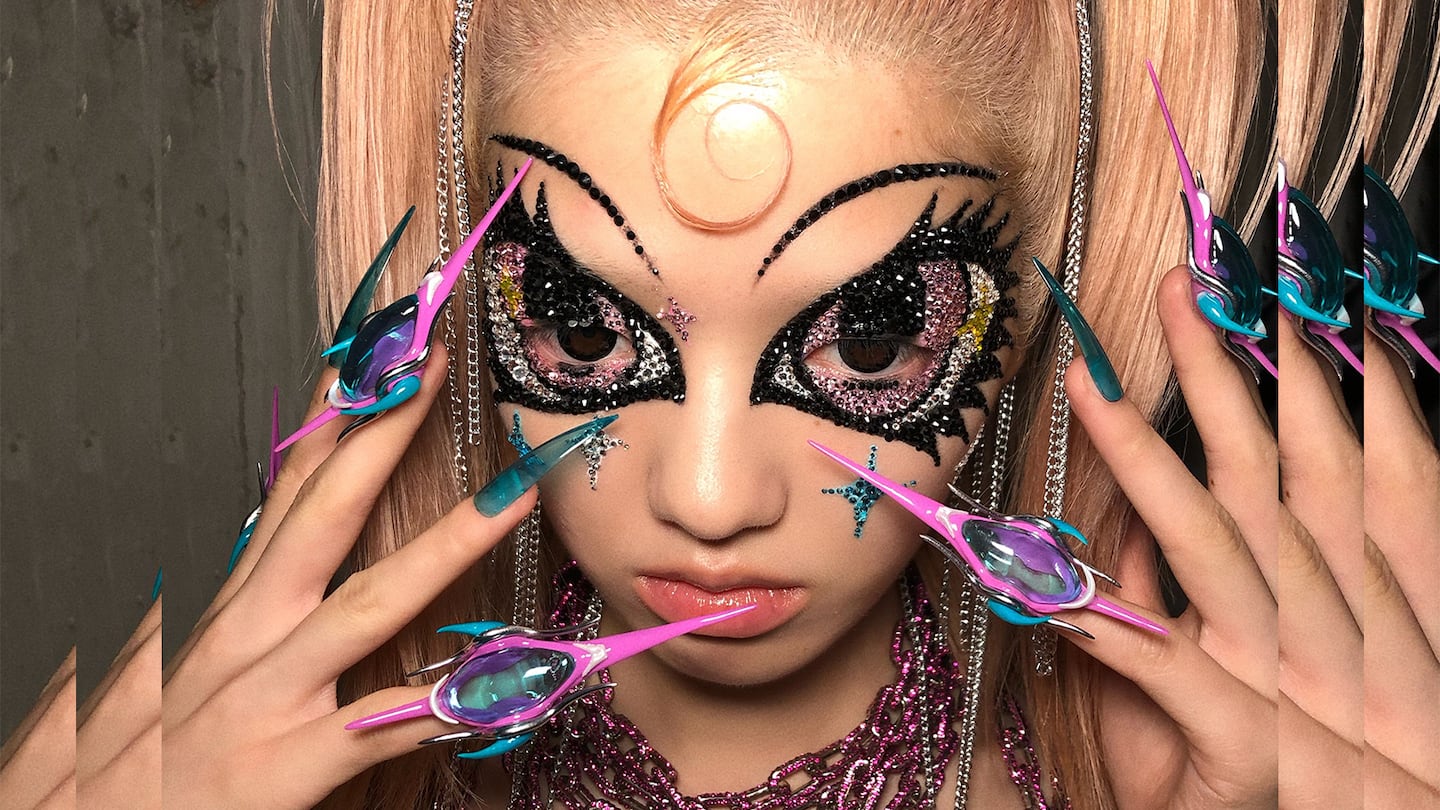
In the early days of Chinese makeup artist Xin Miao’s career, in the late 2000s, the mainland’s homegrown fashion and beauty market was still nascent. In 2008, he travelled to Paris for a month. That international exposure was a big part of what inspired to become a makeup artist.
The idea of being a fashion makeup artist in China “only started happening with our generation,” 41-year-old Xin said.
Little more than a decade later, the situation has changed completely and Chinese makeup artists don’t have to leave the country in search of opportunities.
Hand in hand with the growth of China’s burgeoning fashion market has come the emergence of a new creative class in China, which includes photographers, stylists and makeup artists who are defining the multitudes of ways that modern Chinese style can and should be represented today. Global brands are increasingly tapping their expertise as they look to engage with China’s local creative industry, simultaneously availing themselves of local knowledge of modern Chinese fashion’s sub-sectors, sub-cultures and cultural and historical context.
ADVERTISEMENT
China’s in-demand makeup artists offer everything from high glamour and traditional Chinese beauty references to boundary-pushing experiments in modern-day beauty ideals, and are growing in number. The following seven names represent some of the most sought-after talents working in the country today.
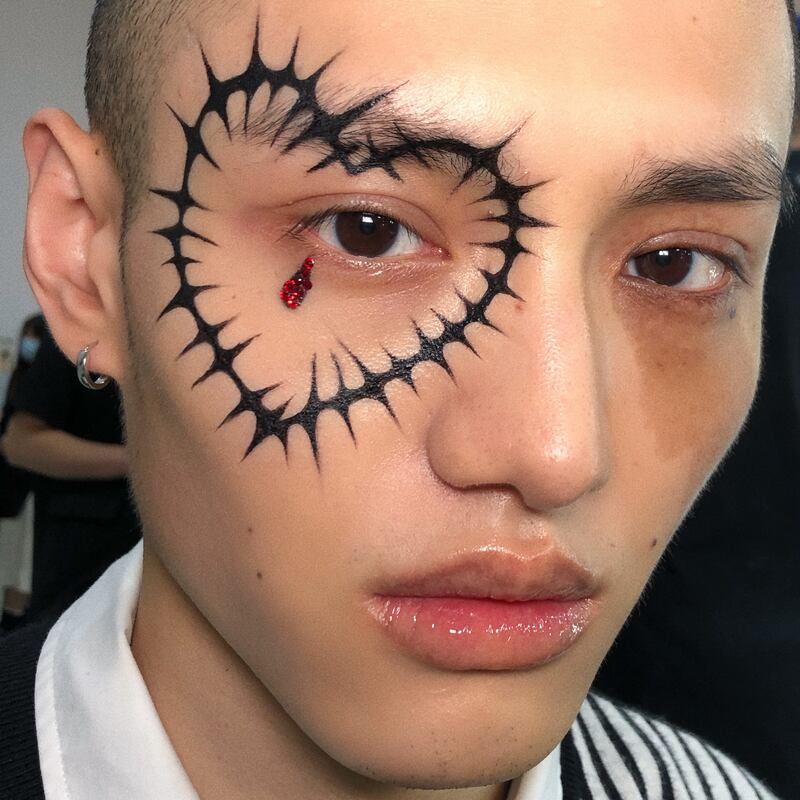
Valentina Li
She’s done everything from clean, glossy minimalism to jewelled-up manga eyes, but there’s no mistaking the work of Valentina Li, who was born in a small town in the south of China’s Guangxi province and is now based in Shanghai.
Not one to shy away from glitter or acid-bright hues, 31-year-old Li counts the likes of photographer Leslie Zhang and stylist Audrey Hu among her frequent collaborators. Besides editorial work on top models He Cong and Ju Xiaowen, she’s also a fixture at Shanghai Fashion Week, having created looks for homegrown names including Windowsen and Maya Li.
Li interrupted her university studies to take a crash course in makeup. Finding herself back in Shanghai in 2015, she struggled to develop her own style and reached out to makeup artist Erin Parsons. After three seasons assisting Parsons during fashion week, she now leads her own team in Shanghai and collaborates with designers like Windowsen’s Sensen Lii.
Working in the ultra-competitive Chinese market, Li often has to remind herself to take things slow.
“The whole education system trains us to be highly competitive runners, but sometimes we forget what we’re chasing,” said Li. “Sometimes, you need to stop in order to make true progress.”
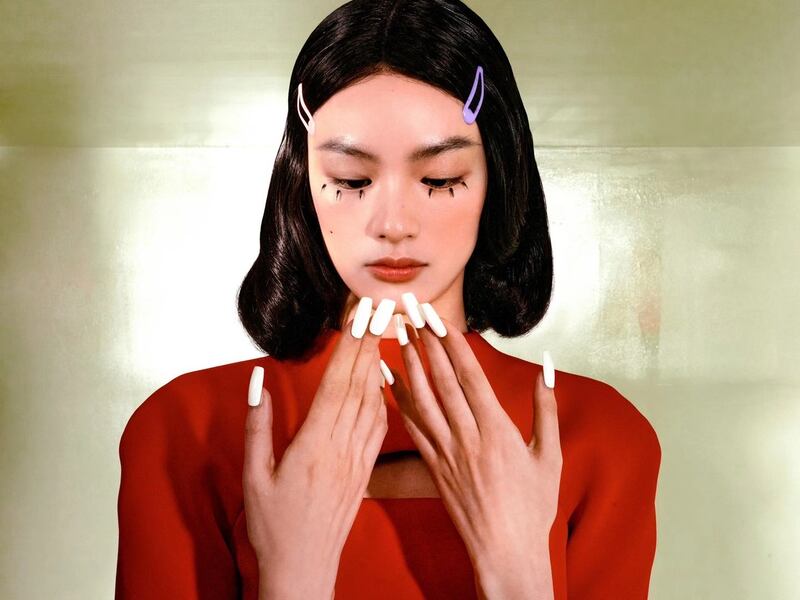
Clive Xiong
ADVERTISEMENT
China has long been known for its rigid beauty standards, but makeup artists like Xiong, who is known for looks including swooshes of face paint or ‘80s-era jewel-toned eyes, are trying to colour outside the lines.
“Beauty doesn’t have one standard, and you can only end up with new beauty by using different techniques,” he said. “You need to fail many times before you get it right.”
Born in Guangdong’s Foshan and now based in Shanghai, Xiong started out studying performance art but “ended up as a makeup artist by chance.” Dramatic and theatrical, his makeup on the likes of actresses Shu Pei and Du Juan has made it to the covers of publications including T Magazine China, Vogue China and Dazed China. Besides working with photographers like Leslie Zhang and Nick Yang, he’s created looks for buzzy brands such as Shushu/Tong and Angel Chen.
“I think that everyone in China’s fashion industry is extremely professional, and everyone has their own style,” said Xiong. “As long as you have your own creativity, you get to work with so many talented people to create something beautiful.”
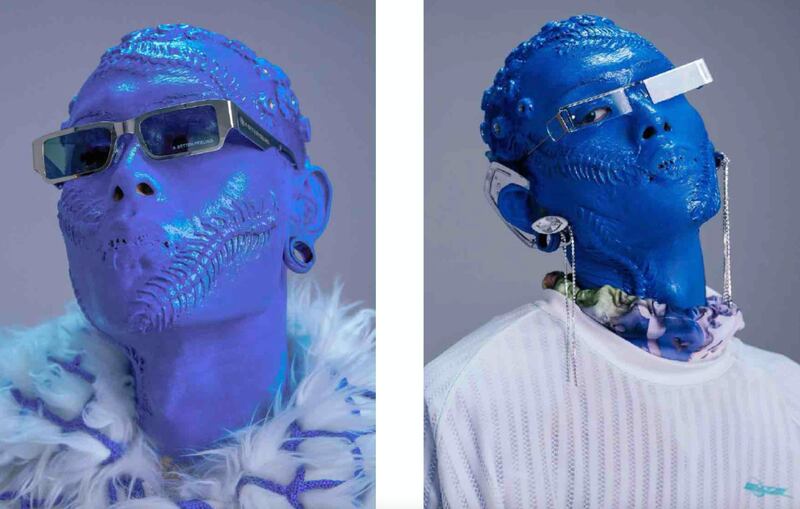
Freya Ni
Raised by parents who were in the garment trade in Jiangsu Province, neighbouring Shanghai, Freya Ni always thought she would go into the fashion business in one way or another. That said, makeup was also an early passion, Ni says in high school she spent the equivalent of a month’s allowance on her first set of Benefit cosmetics and then learned how to use it by following tips from beauty bloggers online.
Fashion school at Tokyo’s famous Bunka Fashion College only cemented the link for Ni between fashion and makeup and by the time graduation rolled around, she had decided to pursue a career as a makeup artist, rather than a fashion designer.
It’s different from fashion design, the time of creating makeup is much more shorter and the satisfaction comes faster,” Ni said.
ADVERTISEMENT
Today, the makeup artist, whose work has been featured in Vogue+, Elle China, Wonderland, Dazed China and many more publications, describes her style as “ethereal, futuristic, poetic” with looks inspired by fashion references, but also, she says, songs, books and documentaries.
“I think my work is more about expressing an emotional value or some unrealistic fantasy image,” Ni said.
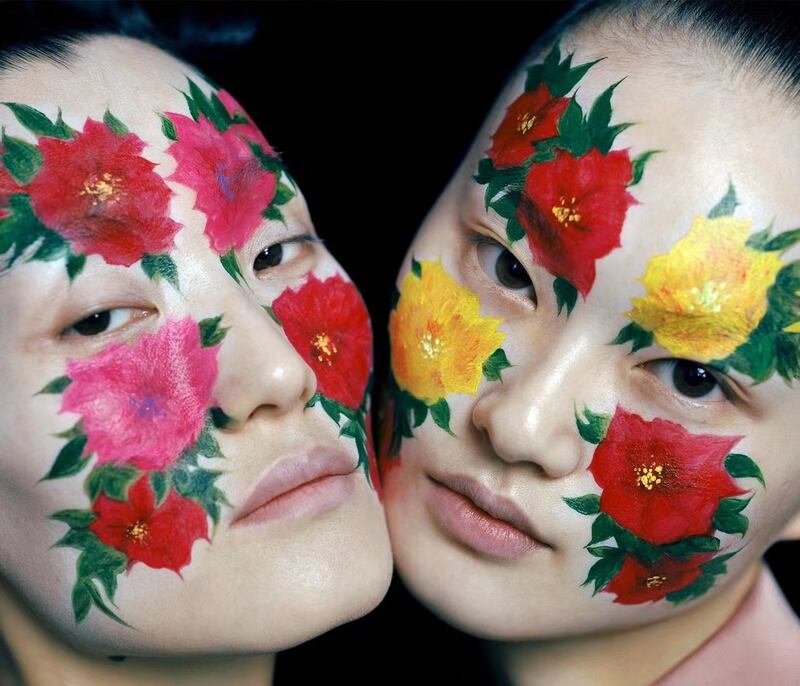
Xin Miao
For Xin, seeing his mother’s love of fashion and beauty inspired him to pursue work as a makeup artist at age 16. Just under two decades later, he’s a go-to for film stars Zhou Xun and Shu Qi, and has worked with Chanel as the brand’s local makeup artist since 2021.
Painterly and abstract at times, and classically pared-back at others, Xin started out his career with a westernised approach. Only later did he realise that many of the artists he followed were inspired by the East. In 2015, he began studying Chinese makeup culture from as far back as the Tang and Song dynasties, and Chinese techniques and aesthetics continue to permeate his work to this day.
Today, to adapt to local demand in China’s influencer and social media-fuelled economy, Xin has shifted his focus from fashion to celebrities and digital content and is working with a team of over 10 aspiring makeup artists. Especially in the wake of the pandemic, he realised that the masses wanted to see wearable beauty.
“I suddenly realised that my old dream became very niche,” he said.
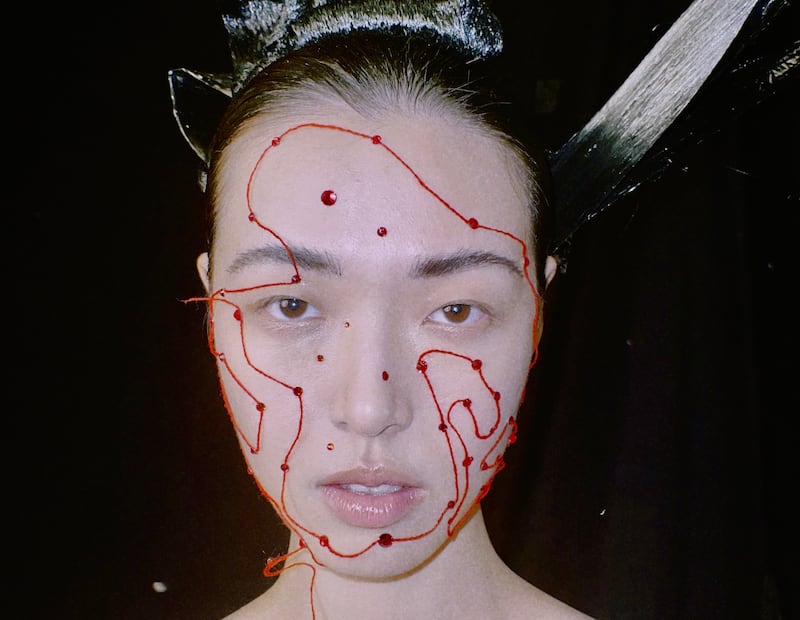
Lu Wang
The hallmarks of Lu Wang’s work are a sense of soft-focus, with lines sometimes blurred and often drawn in unexpected shapes and designs. It’s this sense of throwing things a little bit off-kilter that Lu says drives her most of all.
“My style is not too contrived. I love the imperfections in my work, the unexpected [result] from a certain stoke,” she said.
The 37-year-old Fujian-born freelancer, who spent much of her childhood in Australia before returning to Beijing to further her career, first stumbled upon the idea of makeup artist as a profession while watching a reality TV show. Today, her portfolio that includes work for the local editions of publications including Marie Claire, T Magazine , Harper’s Bazaar and Elle.
The industry as a whole in China, she said, has undergone a significant shift in recent years, and while Chinese culture and history remain touch points for the expression of beauty in the mainstream media and on social channels, “it’ definitely changing and becoming more diverse.” she said.
“There’s not just one beauty standard [anymore.]”
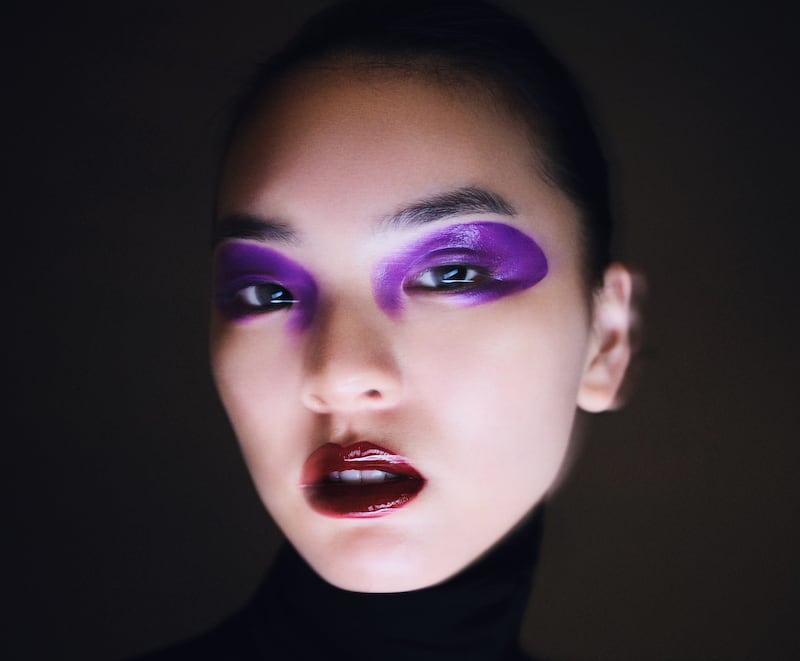
Dai Gang
Simplicity is key for Dai Gang, who was born “at the foot of the beautiful Changbai mountains” in China’s northeast. He originally trained as a hairdresser and opened his own hair salon before discovering his preference for makeup artistry.
“I am a person who likes to express myself in a simple way,” he explained. “So my works tend to be presented in simple ideas or colours.”
The 41-year-old has been part of this new creative age of makeup artists in China since the very beginning. His work has appeared in Vogue China, Harper’s Bazaar and Elle China and in collaborations with brands such as Tom Ford Beauty, Estée Lauder and Shiseido. Even today, he says, the fashion industry in China is like “a seed that has just sprouted.”
“[China is] still in the imitation stage,” Dai said. “What we ultimately need is to make our own style through the efforts of generations of makeup artists.”
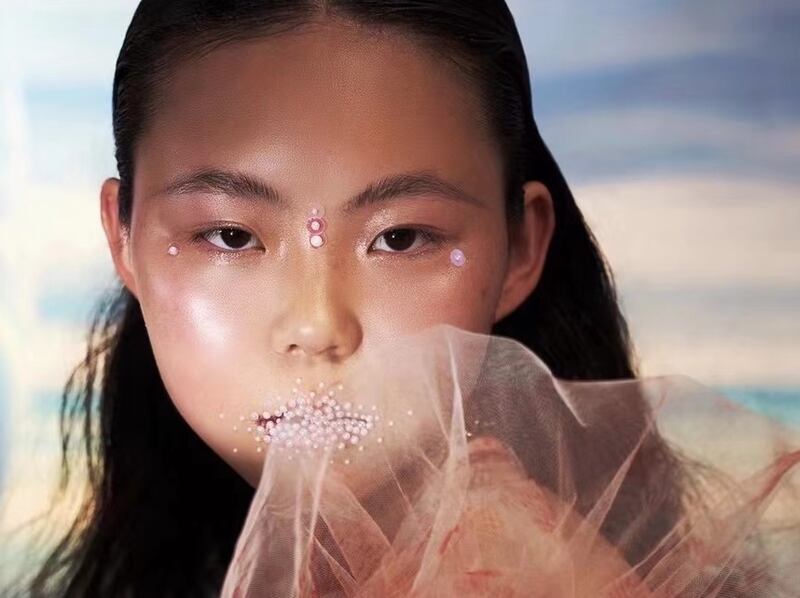
Clive Jing
Clive Jing’s work is focused natural features and clean skin, with statement accents added in, rather than splashes of pigmented colour or all-over embellishments.
In addition to his work with celebrities and influencers — recent editorials in local editions of Grazia, L’Officiel and T Magazine — Ningxia-born Jing has done runway work for brands like Reineren and Hai Studio during Shanghai’s show seasons, and describes his style as “simple, with attitude.”
Jing sees more opportunities for makeup artists in the Chinese market, thanks largely to the dominance of digital media. “If there’s demand there’s a market — everyone has so many platforms to show off their work, and the industry is constantly moving ahead, both in a global direction and in a way that’s distinctly Chinese.”
时尚与美容
FASHION & BEAUTY
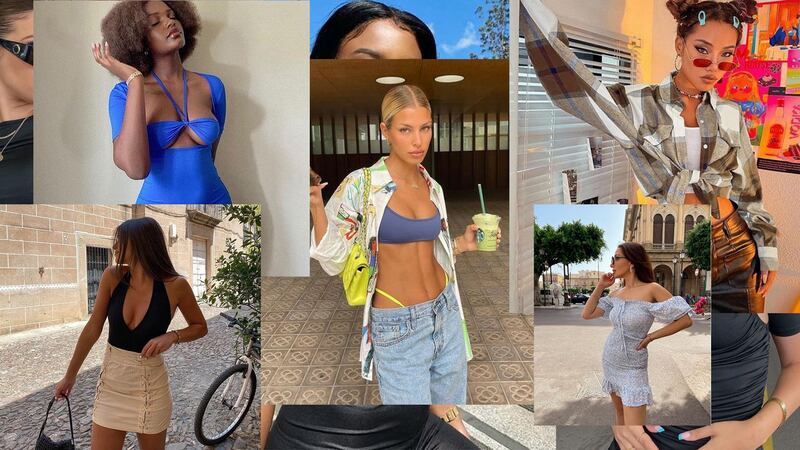
Chinese Fast Fashion Retailer Shein Raising Funds at $100 Billion Value
The e-commerce start-up is in talks with investors to raise about $1 billion, a funding round that would lead to a valuation of about $100 billion, sources told Bloomberg. Shein responded last May to media reports on its fundraising and whether it would go public, saying in a statement that it was valued at several billion dollars and it had no plan for an initial public offering in the short-term. (BoF)
Taipei Fashion Week Highlights Textile Innovation Alongside Design
Even though it has a relatively small fashion market, Taiwan remains a leader in high-tech textile manufacturing, an industry strength that was emphasised at the most recent edition of Taipei Fashion Week, which ran Mar. 23 to 30. The opening show of the event, in fact, featured six Taiwanese fashion brands — C Jean, DYCTeam, Uuin, Oqliq, Tsung Yu Chan and Weavism — each paired with a specialist Taiwanese textile mill to present a collection using the sustainable and innovative fabrics. (BoF)
科技与创新
TECH & INNOVATION
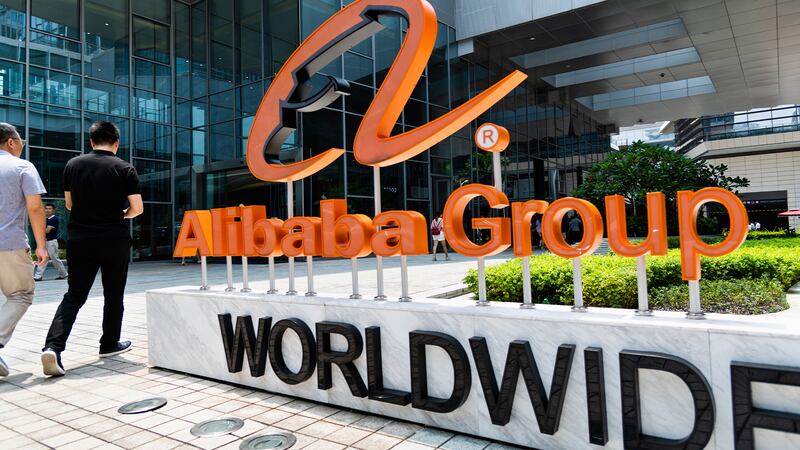
Alibaba Launches Social Shopping App
The Xiaohongshu-like app, Taibang, which focusses on local brands, is in its testing phase and only invited users able to download the app. The new app’s slogan is “created in China with attitude,” and aims to introduce users to a wide range of Chinese designer brands, helping customers understand their brand stories. In addition, the app encourages users to communicate and share their experiences in fashion and life to create a dynamic community feel. (Technode)
Pony Ma Predicts Long-Term Growth for Tencent Amid Tech Crackdown
The billionaire cofounder of Chinese internet behemoth Tencent said he will reposition his company for “sustainable long-term” growth, after Beijing’s crackdown on its largest tech companies has eliminated more than $490 billion off Tencent’s market cap since it peaked at $951 billion a year ago. Ma described China’s current upheaval for the tech sector as “restructuring” and “shifting to a healthy mode” characterised by technological innovation and social responsibility. (Forbes)
消费与零售
CONSUMER & RETAIL
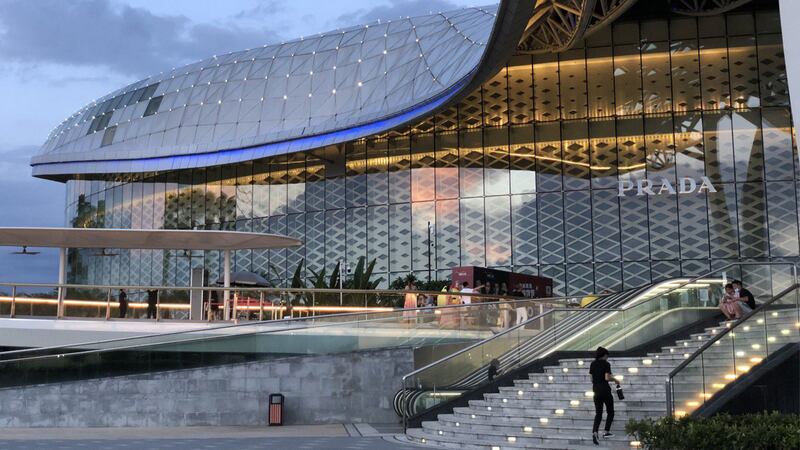
Covid-19 Outbreak Forces Closure of Hainan Downtown Duty Free Stores
All three downtown duty free stores in Sanya — the CNSC, Hainan Tourism Duty Free Shopping Complex and the CDF Mall — have been closed temporarily as of Saturday, according to the Moodie Davitt Report, with no guidance on when they might reopen. Stores in Haikou currently remain open. On Saturday, 24 people in Hainan tested positive for Covid-19 and the stores were closed in line with local epidemic prevention and control strategies. (BoF)
政治,经济与社会
POLITICS, ECONOMY, SOCIETY

EU, China Exchange ‘Clearly Opposing Views’ of Ukraine Conflict
European Union and Chinese leaders held their first virtual summit since 2020, though a clash over the conflict in Ukraine overshadowed other business, with Europe warning that Beijing’s refusal to condemn Russia’s invasion of Ukraine and the possibility of active support from China to Russia could create lasting damage to bilateral ties. In a press conference after the call, European Commission President Ursula von der Leyen said, “We exchanged very clearly opposing views… China has an influence on Russia. And therefore we expect China to take its responsibility to end this war” by pushing Russia toward a peaceful solution. (Wall Street Journal)
Carrie Lam Won’t Seek New Term as Hong Kong Leader
Hong Kong’s chief executive said Monday she would not run for a second five-year term. It marks the end of a contentious period of leadership that saw not only widespread protests, but also the introduction of a National Security Law and restrictive pandemic control policies that have caused widespread concerns about Hong Kong’s ability to retain its reputation as one of Asia’s most international cities, as well as a hub for international business and finance. (The New York Times)
China Decoded wants to hear from you. Send tips, suggestions, complaints and compliments to our Shanghai-based Asia Correspondent casey.hall@businessoffashion.com.
With consumers tightening their belts in China, the battle between global fast fashion brands and local high street giants has intensified.
Investors are bracing for a steep slowdown in luxury sales when luxury companies report their first quarter results, reflecting lacklustre Chinese demand.
The French beauty giant’s two latest deals are part of a wider M&A push by global players to capture a larger slice of the China market, targeting buzzy high-end brands that offer products with distinctive Chinese elements.
Post-Covid spend by US tourists in Europe has surged past 2019 levels. Chinese travellers, by contrast, have largely favoured domestic and regional destinations like Hong Kong, Singapore and Japan.